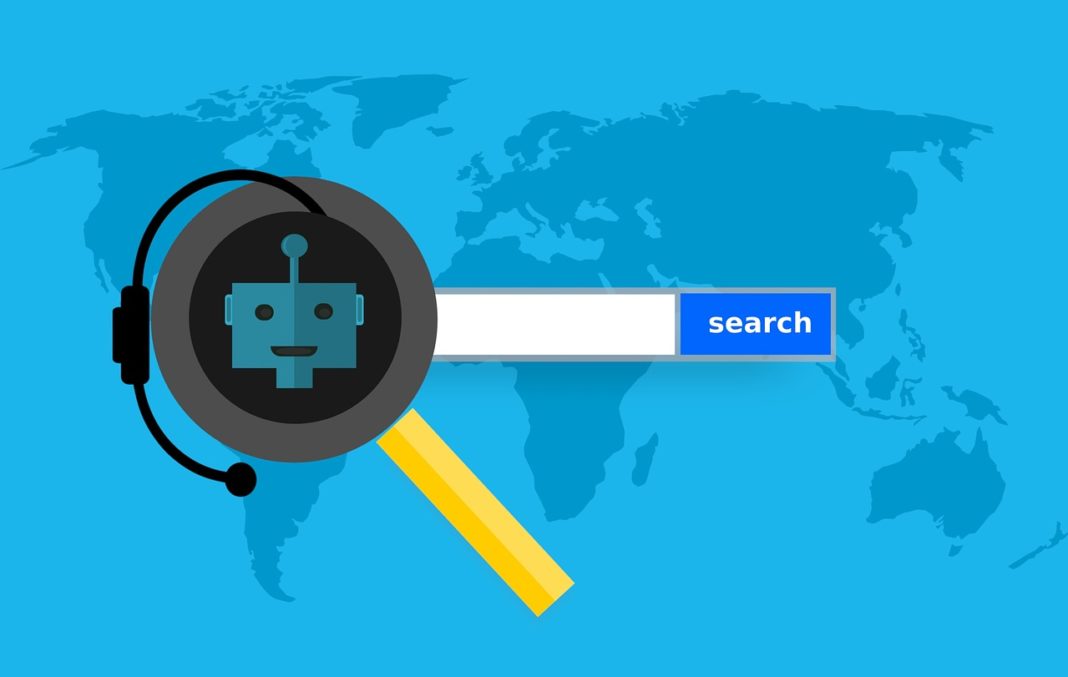What is assistive technology? It is a type of technology that aids the disabled in doing tasks such as browsing the Internet, navigating a computer, and even communicating with others. Assistive technology is often categorized into different types based on its purpose and benefits. Let’s take a look at the different types of assistive technology available today and what they do. In addition, we’ll cover some of the best examples of assistive technology.
Access to assistive technology
The World Health Organization recently released the first-ever global report on the state of access to assistive technologies. It calls on governments to prioritise access to assistive technologies for people with disabilities. The report highlights the enormous gap between countries with low levels of access to assistive technology and high-income nations, where access is almost universal. Using an analysis of 35 countries, the WHO found that access ranges anywhere from 3% to 84%, with poorer countries having the least access.
A recent UN report outlines the need for more investment in assistive technologies, noting that access is as low as three percent in some low and middle-income countries. The World Health Organisation and the United Nations Children’s Fund predict that by 2050, 3.5 billion people will require assistive products. The UN report says that, if current trends continue, there will be a shortage of such technologies by the middle of the century.
Several factors contribute to the accessibility of assistive technology. Geographic location, technology accessibility, and financial capacity are factors that may hinder access to assistive technology. Some people live far away from retailers and cannot afford to pay for such technology. Others simply don’t have access to the internet or the money to pay for it. In these cases, the need for such technologies may outweigh the benefits. Nevertheless, a comprehensive approach to accessibility and affordability is needed.
The Assistive Technology Act was enacted to increase awareness of assistive technology and expand access to the tools and services that people with disabilities need to live productive lives. In addition to promoting the use of assistive technologies, the act also envisions full participation by people with disabilities. It estimates that 54 million Americans live with some form of disability. Nearly half of these people experience severe disabilities. It is important to ensure that everyone has access to assistive technology in order to fully enjoy life.
Classification of assistive technology
Assistive technology can be classified according to three basic performance areas: self-care, productivity, and leisure. Self-care activities include dressing, eating, mobility, hygiene, and communication. Production activities include school, work, and vocational activities, while leisure activities involve relaxation and enjoyment. These activities require various capabilities, and assistive technology can facilitate or augment these skills. For example, seat pillows can alter their features under hot or cold temperatures.
Assistive technology devices are often classified using a variety of methods. Depending on the user’s needs, they can vary in size, shape, and pressure required to activate the switch. Switches can be located near any part of the body, including hands and head, as in the case of mouse navigation. In addition, users can use eye gaze systems to navigate a screen. Activating a switch when a desired object is highlighted on a screen can make it easier to navigate the screen.
Assistive technology can help a person achieve a particular goal, whether it is independent walking, learning to use a computer, or completing a complex task. Individuals with disabilities should choose an assistive technology that will be best suited to their needs. They should also choose a device that matches their sensory perception, motor abilities, and cognitive processes. These types of technologies can help improve daily activities, such as eating and shopping.
Assistive technology is any product, tool, or system that enables a person with a disability to function independently in the environment. These products can be simple or high-tech, and provide a person with more independence and a higher quality of life. The best use of assistive technology can help a person with disabilities become more independent in their communities and reduce the need for external help. There are a number of categories for assistive technology and the right one depends on the person’s needs.
Benefits of assistive technology
Assistive technology provides creative solutions to challenges faced by people with disabilities. The right technology can help disabled people lead a more independent life and be more productive members of society. This technology is an integral part of the 1994 Tech Act, which requires educational institutions to make certain that students with disabilities have access to the same technology that the rest of the population does. Having the right technology can also improve privacy and increase a person’s ability to control their environment.
Assistive technology has many benefits, but the implementation of effective technology is highly dependent on the training and support of educators. Special education teachers are essential to the successful implementation of assistive technology. Many educators may feel overwhelmed by the various technologies available today. However, if properly trained and supported by school administrators, successful use of assistive technology can benefit every student. Educators can benefit from a more hands-on approach to assistive technology, and it can also be beneficial in addressing student-centered learning.
Assisted technologies can be a lifeline for people with disabilities. The right technology can help a person with disabilities gain independence while relieving pressure on family members and carers. To find out what types of assistive technology are available, consult a team of professionals who can recommend the best course of action for your individual needs. A team should include medical professionals, regular and special education teachers, speech therapists, and occupational therapists.
Among the benefits of assistive technology is that it can help people with disabilities learn more effectively. Some devices read out educational content and can even support Braille. Others allow students to interact and learn in groups, which is crucial to the overall success of a classroom. Using assistive technology keeps instruction fun and facilitates relationship-building among students. For students who struggle with writing or grammar, the right technology can provide a solution.
Examples of assistive technology
Assistive technology is a broad term used to describe devices and services designed to help people with disabilities. Low-tech aids can be as simple as pencil-grips, while more advanced forms of assistive technology can range from computer programs to tablet applications with speech-to-text and text-to-speech capabilities. Other examples of assistive technology are graphic organizers and text-to-speech features.
Many people with disabilities find it difficult to communicate with others. Fortunately, assistive technology is increasingly becoming cheaper and more convenient to use. Video-conferencing tools can enable doctors to communicate with patients no matter where they are, allowing them to receive medical care from their home. The benefits of such tools are numerous. This article will provide a brief overview of some of the most popular examples. You might be surprised to learn that assistive technology is now more affordable than you think!
A communicator is an example of an assistive technology for students with learning differences. These devices help students communicate without having to speak. Several types of communicators are available, each tailored to meet the needs of specific students. Some are designed with larger switches, while others can be worn by a student to communicate. And there are also wearable communication devices available for individuals who are deaf or have difficulty with mobility. And as the list of examples of assistive technology grows, so does the need for such technology.
Another example of assistive technology is speech-to-text software. It enables students with hearing and visual impairments to communicate without the mechanical aspects of writing. Students who struggle to read can use speech-to-text software to dictate their ideas to a computer. Using text-to-speech software can also increase a student’s self-esteem. Besides speaking software, students can also benefit from text-to-speech features or speech-to-text programs. Some computers can also read text-to-speech and use graphical organizers.
Cost of assistive technology
Assistive technology is an effective way to improve function at home for people with disabilities. It can also help prevent further medical expenses. Proper seating and positioning can prevent further degeneration of a child’s condition. It can also help reduce strain on a child’s joints. The cost of assistive technology is often covered by insurance. But, it is not covered by Medicare or Medicaid. You may need to ask your doctor about the cost of assistive technology before you purchase one.
Currently, few countries have a national policy addressing the cost of assistive technology. The poorest countries often lack access to such products through the public sector. Furthermore, in high-income countries, many of these products are rationed or not included in health or welfare schemes. These factors affect the effectiveness and continuity of Assistive Technology provision. Some European countries provide a single hearing aid to the elderly, even though most people suffering from age-related hearing loss need at least two hearing devices.
While some health insurance plans may cover the costs of some assistive technology, others must pay the full cost out of pocket. Purchasing inexpensive assistive technology can be a difficult financial decision, but there are several options to consider. There are grants and tax credits available for low-cost devices. There are also non-profit subsidy programs and private health insurance programs that can pay some of the costs. Further, Medicaid benefits typically do not cover the entire cost of expensive devices, so it is important to shop around to find the most affordable option.
In addition to the cost of purchasing the technology, there are often additional services that need to be purchased. Some places offer trial runs of assistive technology before purchasing it. Traditionally, these services were under-resourced. Increasingly, however, consumer feedback is becoming a vital element of research organizations. Further, the government must provide a clear route for funding for assistive technology. It is imperative to take the time to evaluate the cost-benefit relationship between assuring the quality of life of people with disabilities and their loved ones.






